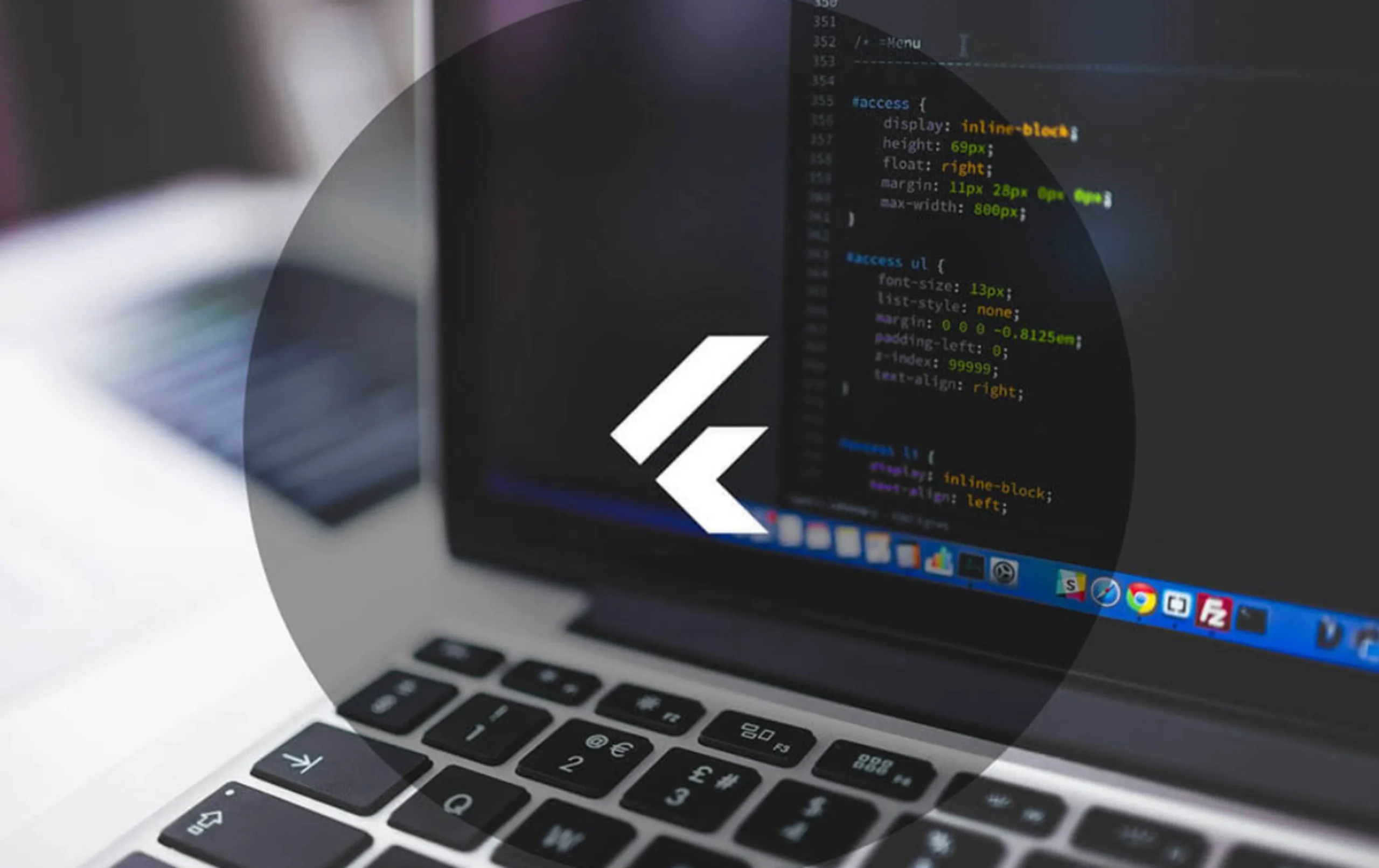Flutter on Your Wrist: Revolutionizing Wearable App Development
Wearable technology is transforming the way we interact with digital devices. From smartwatches to fitness trackers and IoT-enabled wearables, the demand for seamless and efficient applications is growing. Flutter for Wearable App Development is gaining momentum due to its cross-platform capabilities, smooth UI performance, and cost-effectiveness.
In this blog, we will explore why Flutter is an ideal choice for wearable devices, key features, challenges, real-world use cases, and future trends. If you’re looking to develop a Flutter wearable app, this guide is for you!
Why Choose Flutter for Wearable App Development?
- Cross-Platform Compatibility
- Flutter allows developers to write a single codebase and deploy it across multiple platforms, including Android smartwatches and WearOS devices. This drastically reduces development time and costs.
- Faster Development and Cost-Effective Solutions
- With Flutter’s hot-reload feature, developers can instantly view changes, speeding up the development process. Additionally, a single codebase reduces maintenance costs, making it a budget-friendly option for businesses.
- Rich UI and Customizable Widgets
- Flutter provides a vast collection of widgets that can be customized to fit the small screens of wearable devices. Whether it’s circular UI for smartwatches or data visualization for fitness bands, Flutter’s UI toolkit makes it easier to create visually appealing apps.
Key Features of Flutter for Wearable App Development
- Lightweight and High-Performance Apps
- Wearable devices require applications that consume minimal resources while delivering high performance. Flutter’s efficient rendering engine ensures smooth animations and transitions, making it ideal for wearable UI.
- Seamless Integration with Wearable Hardware
- Flutter supports APIs for Bluetooth, GPS, heart rate monitoring, accelerometers, and more. Developers can easily integrate these features to create health and fitness apps, IoT-controlled wearables, and smartwatch utilities.
- Customizable UI for Different Wearable Screens
-
- Wearable screens come in various shapes and sizes. Flutter’s flexible UI framework enables developers to create responsive layouts optimized for circular, square, or rectangular displays..
Challenges in Flutter for Wearable App Development & Solutions
- Battery Optimization & Performance Issues
- Wearables have limited battery life, so apps must be optimized for efficiency. Developers can reduce CPU and GPU load by minimizing background processes and using lightweight animations to enhance battery performance.
- Handling Small Screen UI & Navigation
- Navigation on a smartwatch differs from mobile applications. Flutter offers gesture-based navigation, scrollable widgets, and adaptive UI elements to improve usability on small screens.


Real-World Use Cases
- Fitness and Health Tracking Apps
- Wearable apps like fitness trackers and heart rate monitors require accurate data processing. Flutter allows seamless integration with Google Fit and Apple Health to collect and analyze fitness data.
- Smartwatch Notifications & Communication Apps
- Smartwatches are widely used for receiving notifications and sending quick replies. Flutter’s real-time push notifications and messaging functionalities enhance smartwatch communication apps.
- IoT and Smart Home Control Apps
- Wearable devices can control smart home appliances through Flutter-based apps. Users can operate IoT-enabled devices like smart thermostats, security cameras, and lighting systems directly from their wearables.
Future of Flutter for Wearable App Development
- Growth of Wearable Tech in 2025 and Beyond
- The wearable technology industry is expected to grow significantly, with more businesses investing in smartwatch applications, fitness solutions, and healthcare innovations. Flutter is well-positioned to support this growth due to its cross-platform efficiency.
- Flutter’s Advancements for Wearable Apps
- Google continues to improve Flutter’s capabilities for smaller devices. Future updates may bring better WearOS support, improved hardware integration, and enhanced power efficiency, making Flutter an even more attractive choice for wearable app development.
Conclusion
Flutter for Wearable App Development is revolutionizing the way smartwatches and fitness trackers function. With its cross-platform compatibility, customizable UI, and seamless hardware integration, Flutter is an ideal choice for building efficient and feature-rich wearable applications.
As wearable technology continues to grow, now is the perfect time to explore Flutter for your next smartwatch or IoT-based app. Start developing today and stay ahead in the future of wearable innovation! 🚀
Follow us
-

